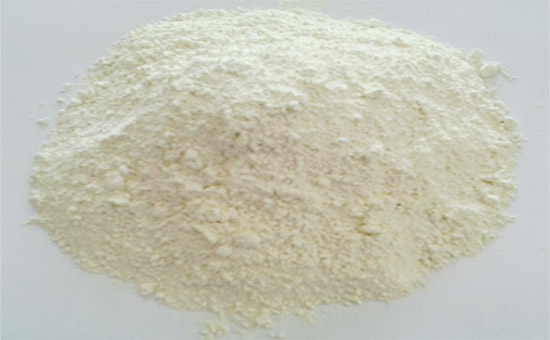
Nanotechnology is a scientific technology developed in the late 1980s and early 1990s that uses single atoms and molecules to make materials. The nanomaterials have a structural size between 1-100 nanometers. The rubber products industry uses many nanoscale materials. Nano-fillers are the main ones; nano-scale materials have great advantages in the rubber compound reaction compared with common compounding agents; therefore, when using recycled rubber to produce rubber products, the use of nano-materials can significantly improve the comprehensive performance of recycled rubber products.
Nano-materials have high surface activity, high strength, good toughness, fast diffusion and easy conductivity. Carbon black, white carbon black, calcium carbonate, zinc oxide and clay are commonly used in the production of reclaimed rubber products. And play an important role in the use process.
There are many kinds of carbon black, and the carbon black particles produced by the furnace method and the channel black are particularly fine. They are nano-scale materials with large specific surface area, high surface energy and high surface activity, and the reinforcing effect in the recycled rubber products is remarkable. White carbon black has similar structure to carbon black, generally replaces carbon black to produce light color and color reclaimed rubber products. Among them, fumed silica and precipitated white carbon black are all nano-scale materials, which can improve the reclaimed rubber products. Tensile strength, tear strength, heat resistance, adhesion, and the like.
Calcium carbonate is the most commonly used filler in the production of reclaimed rubber products. Nano-scale calcium carbonate produced by batch carbonization, supergravity, multi-stage spray carbonization and non-freezing can be used in the production of reclaimed rubber products. Part of carbon black or white carbon black to improve the processing properties and wear resistance of the rubber; montmorillonite in inorganic clay can form sheet-like nanomaterials by using intercalation technology, which can improve the mechanical strength of the rubber in the production of recycled rubber products. Tensile strength improves the heat resistance and wear resistance of recycled rubber products.
Zinc oxide plays multiple roles in the production of reclaimed rubber products, vulcanization accelerators, fillers, colorants, etc. Among them, the nano zinc oxide prepared by solid phase method and liquid phase gas phase method has small particle size, large specific surface area and adsorption activity. Large, can achieve molecular level combination with reclaimed rubber molecules, improve the wear resistance, adhesion and tear strength of recycled rubber products, and extend the service life of recycled rubber products.
When using recycled rubber to produce rubber products, carbon nanotubes, nano titanium dioxide, nano-ceramics, nano-magnesia, nano-iron oxide, etc. may also be used, and there is a chance to discuss it with everyone.
Exclusive original article [commercial authorization] reprint, excerpt and excerpt in any form are prohibited without written authorization. Focus on Hongyun rubber: learn the process formula and raw material technology of producing rubber products from recycled rubber to help you reduce costs and increase profits